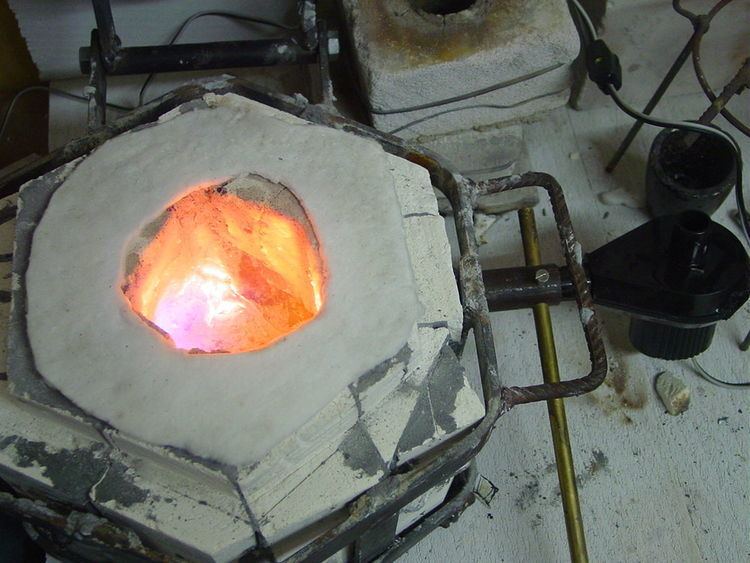 | ||
A gas burner is a device which is used to generate a flame, in order to heat up products using a gaseous fuel such as acetylene, natural gas, or propane. Some burners have an air inlet to mix the fuel gas with air, to enable complete combustion. Acetylene is commonly used in combination with oxygen.
Contents
- Flame temperatures of common gases and fuels
- Explosive limits and ignition temperatures of common gases
- References
The gas burner has many applications such as soldering, brazing and welding, the latter using oxygen instead of air for producing a hotter flame, which is required for melting steel. For laboratory uses, a natural-gas fueled Bunsen burner is used. For melting metals with melting points of up to 1100 °C (such as copper, silver, and gold), a propane burner with a natural drag of air can be used.
Flame temperatures of common gases and fuels
The above data is given with the following assumptions:
Explosive limits and ignition temperatures of common gases
Note: Atmosphere is air at 20 degrees Celsius.
